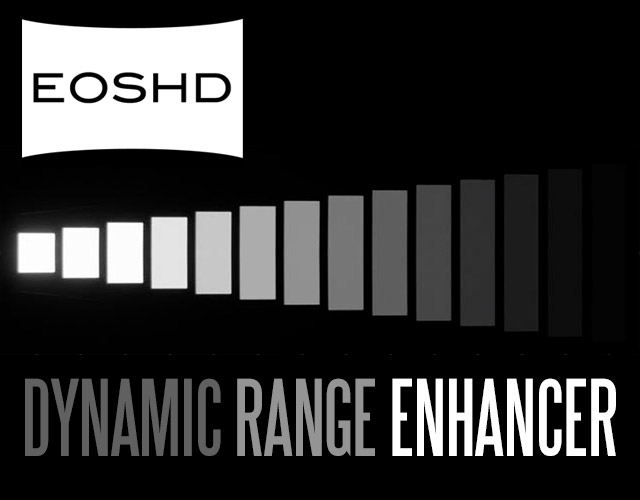Novel Moire reduction technique
-
Similar Content
-
- 4 replies
- 3,936 views
-
Mosaic Engineering are about to release anti-moire filters for BMCC and Pocket
By Axel,
- BMCC
- BlackMagic
- (and 3 more)
- 0 replies
- 3,176 views
-
- 8 replies
- 12,814 views
-
- 14 replies
- 11,714 views
-
- 3 replies
- 2,452 views
-







Recommended Posts
Create an account or sign in to comment
You need to be a member in order to leave a comment
Create an account
Sign up for a new account in our community. It's easy!
Register a new accountSign in
Already have an account? Sign in here.
Sign In Now